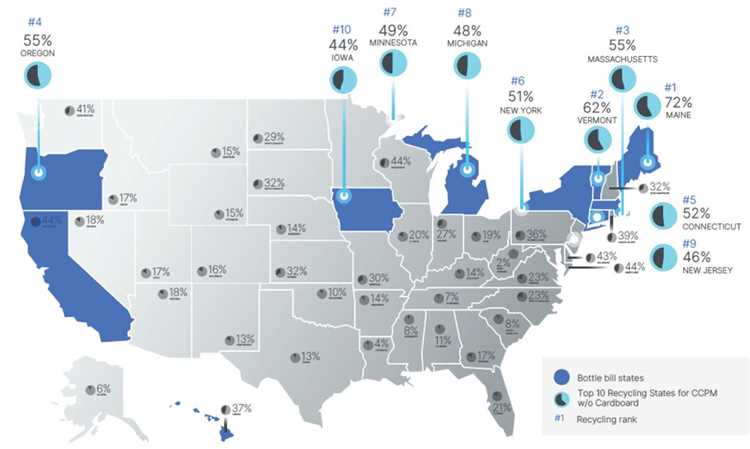
When it comes to recycling, one state stands out as a leader in the United States. That state is Oregon. With its innovative programs and a commitment to sustainability, Oregon has become the top recycling state in the country.
One of the reasons why Oregon is at the forefront of recycling is its strong infrastructure. The state has a comprehensive system in place, including recycling centers, curbside pickup, and drop-off locations. This makes it easy for residents to recycle their waste and ensure that it is properly processed.
But it’s not just the infrastructure that sets Oregon apart. The state has also implemented policies that encourage recycling and reduce waste. For example, Oregon was one of the first states to implement a bottle bill, which offers a monetary incentive for returning bottles and cans. This has led to a high recycling rate for these materials.
Furthermore, Oregon has a culture of sustainability and environmental awareness. Residents are encouraged to reduce, reuse, and recycle through educational programs and public campaigns. This has helped to create a mindset where recycling is seen as a responsibility and a way to protect the environment for future generations.
Overall, Oregon’s commitment to recycling and sustainability has made it the top recycling state in the US. Its strong infrastructure, innovative policies, and environmentally conscious culture have set an example for other states to follow. By prioritizing recycling, Oregon is not only reducing waste but also conserving resources and preserving the planet.
- The Importance of Recycling
- 1. Conservation of Natural Resources
- 2. Energy Savings
- The Environmental Benefits
- 1. Conservation of Natural Resources
- 2. Energy Savings
- 3. Reduction of Landfill Waste
- 4. Reduction of Air and Water Pollution
- The Economic Advantages
- 1. Job Creation
- 2. Cost Savings
- The Role of Government
- The Top Recycling State
- Commitment to Recycling
- Innovative Approaches
- The Success Story
- Q&A
- Which state is the top recycling state in the US?
- What makes Oregon the top recycling state?
- What are the recycling rates in Oregon?
- How does Oregon’s recycling laws contribute to its top state ranking?
- What steps has Oregon taken to promote sustainability?
The Importance of Recycling
Recycling plays a crucial role in preserving our environment and conserving our valuable resources. It is a process where waste materials are collected, processed, and turned into new products. Recycling helps to reduce pollution, decrease energy consumption, and mitigate the impact of climate change. Here are some key reasons why recycling is important:
1. Conservation of Natural Resources
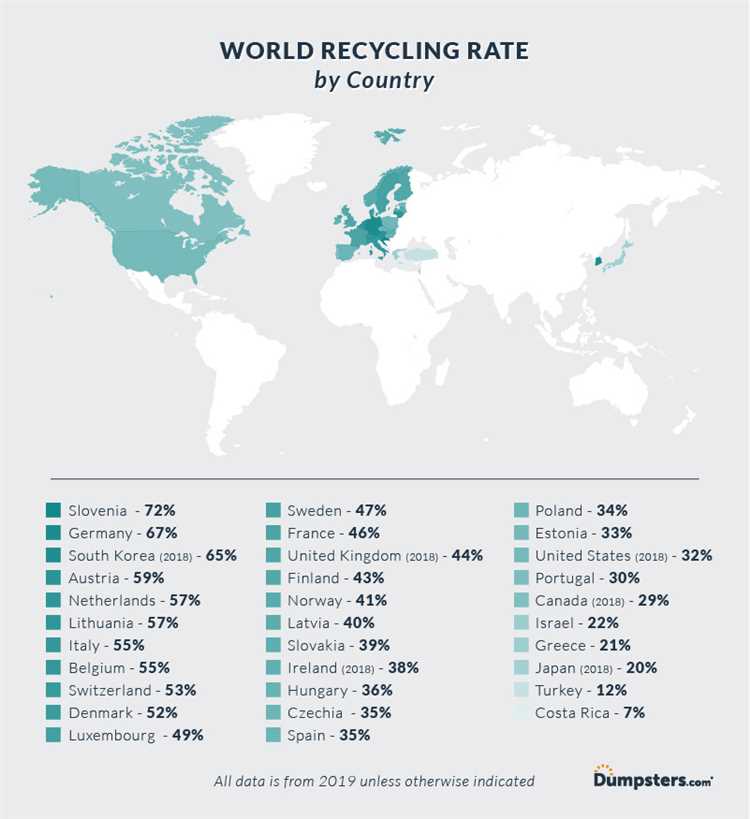
Recycling helps to conserve our limited natural resources. By reusing materials such as paper, plastic, glass, and metal, we can reduce the need for raw materials extraction. This leads to the preservation of forests, the protection of wildlife habitats, and the reduction of water and air pollution during the production process.
2. Energy Savings
Recycling often requires less energy compared to manufacturing products from virgin materials. For example, producing recycled aluminum requires 95% less energy than producing aluminum from bauxite ore. By recycling, we can save energy, reduce greenhouse gas emissions, and slow down the depletion of fossil fuel reserves.
Furthermore, recycling reduces the need for landfill space and helps to combat the issue of waste disposal. The accumulation of waste in landfills leads to the emission of harmful greenhouse gases, which contribute to global warming. By diverting waste from landfills through recycling, we can minimize these emissions and mitigate the impact of climate change.
In conclusion, recycling is a vital practice that helps to protect our environment and preserve our resources for future generations. By making a conscious effort to recycle, we can contribute to a healthier and more sustainable planet.
The Environmental Benefits
Recycling is a vital practice that offers numerous environmental benefits. By reducing waste and conserving resources, recycling helps to protect our planet for future generations.
1. Conservation of Natural Resources
One of the major environmental benefits of recycling is the conservation of natural resources. When we recycle materials such as paper, plastic, glass, and metal, we reduce the need for extracting raw materials from the Earth. This helps to preserve ecosystems and habitats, as well as reduce pollution associated with the extraction and manufacturing processes.
2. Energy Savings
Recycling also leads to significant energy savings. The process of recycling materials often requires less energy compared to producing new materials from scratch. For example, recycling aluminum cans requires 95% less energy than producing them from raw materials. By saving energy, we reduce greenhouse gas emissions, which contribute to climate change and other environmental issues.
3. Reduction of Landfill Waste
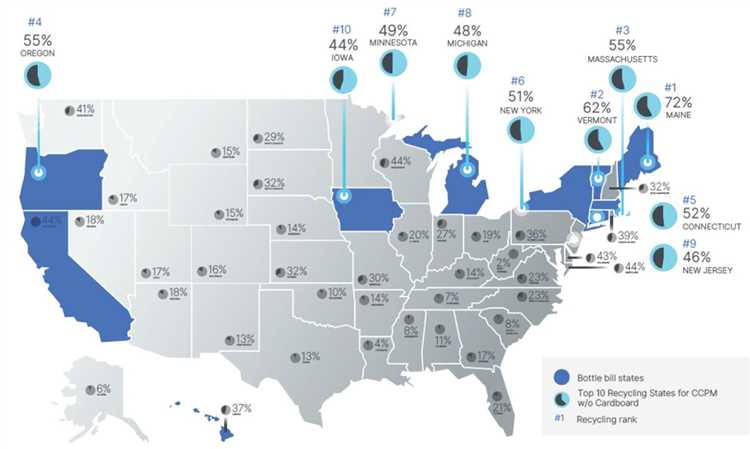
Another important environmental benefit of recycling is the reduction of landfill waste. By recycling, we divert materials from landfills where they would take up space and contribute to environmental pollution. Landfills emit greenhouse gases and can contaminate soil, groundwater, and air. By recycling, we can extend the lifespan of landfills and promote a more sustainable waste management system.
4. Reduction of Air and Water Pollution
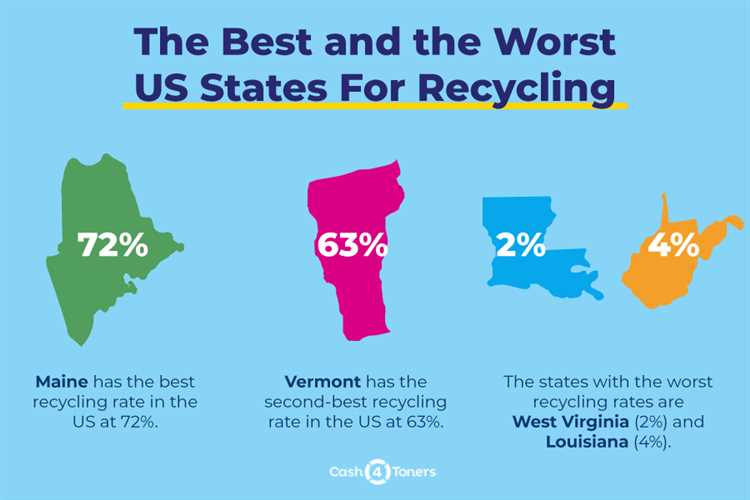
Recycling also plays a crucial role in reducing air and water pollution. By recycling materials, we reduce the need for certain manufacturing processes that can release harmful pollutants into the environment. For example, recycling paper reduces the need for logging and the associated air pollution from the operation of heavy machinery. Additionally, recycling plastic helps to reduce the pollution caused by the production and disposal of single-use plastics.
In conclusion, the environmental benefits of recycling are significant and far-reaching. By conserving resources, saving energy, reducing landfill waste, and minimizing air and water pollution, recycling helps to create a more sustainable and environmentally-friendly society.
The Economic Advantages
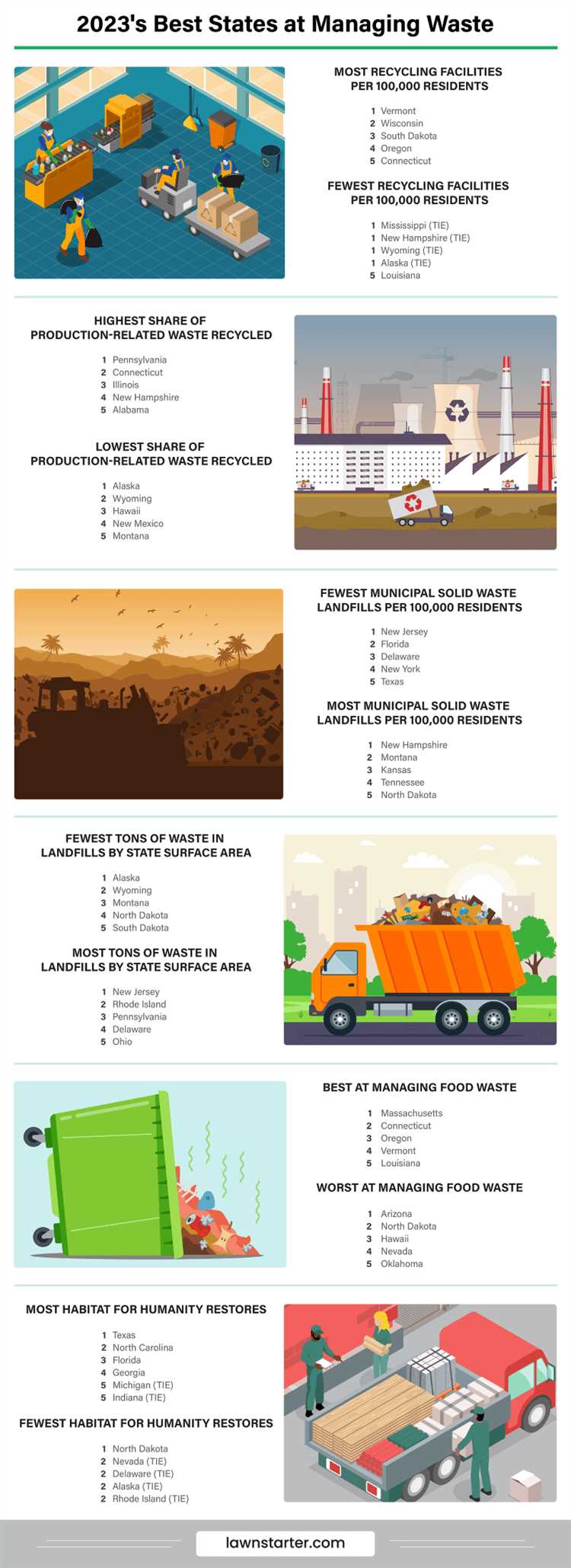
Recycling not only benefits the environment, but it also provides many economic advantages for the top recycling state in the US.
1. Job Creation
One of the main economic advantages of recycling is the creation of jobs. The recycling industry requires a workforce to collect, sort, process, and distribute recycled materials. In the top recycling state in the US, this industry has created numerous job opportunities. These jobs not only provide income for individuals and families, but they also contribute to the overall economic growth of the state.
2. Cost Savings
Another economic advantage of recycling is cost savings. By recycling materials, the need for raw materials is reduced, which in turn reduces the cost of production. Manufacturing companies in the top recycling state can save money by using recycled materials instead of virgin materials. Additionally, recycling helps reduce waste management costs. Instead of sending waste to landfills, which can be expensive, recycling allows for the reuse of materials, leading to cost savings for the state.
Moreover, recycling also helps reduce the reliance on foreign imports of raw materials. By using recycled materials, the top recycling state can reduce its dependence on external sources and promote domestic production and manufacturing. This further boosts the state’s economy.
In conclusion, the top recycling state in the US enjoys significant economic advantages as a result of its recycling efforts. Job creation, cost savings, and reduced reliance on foreign imports are just a few of the benefits that contribute to the state’s economic prosperity.
The Role of Government
The role of government is crucial in promoting and implementing effective recycling practices in the United States. Governments at the federal, state, and local levels play a pivotal role in creating regulatory frameworks, providing funding, and educating the public about the importance of recycling.
At the federal level, the government establishes laws and regulations aimed at promoting recycling and reducing waste. Agencies such as the Environmental Protection Agency (EPA) are responsible for developing and enforcing these regulations. The EPA sets standards for recycling programs and provides guidelines for waste management practices.
State governments also play an essential role in recycling efforts. They have the authority to establish recycling goals and mandates, as well as create programs to support recycling initiatives. States can provide financial incentives and grants to businesses, communities, and individuals to encourage recycling. They also foster partnerships with relevant stakeholders, such as recycling facilities and waste management companies, to ensure the smooth implementation of recycling programs.
Local governments, including cities and municipalities, have a direct impact on recycling by implementing and managing recycling programs at the community level. They are responsible for setting up recycling collection systems, organizing recycling events, and providing education and outreach to residents. Local governments work closely with residents, businesses, and schools to improve recycling rates and reduce contamination.
In addition to creating regulations and providing financial support, government entities are also responsible for raising public awareness about recycling. They develop public campaigns and educational materials to inform individuals and communities about the benefits of recycling and how to properly participate in recycling programs. By investing in public education and outreach, governments can encourage individuals to adopt sustainable recycling practices and make a significant impact in reducing waste.
| Government Level | Roles and Responsibilities |
|---|---|
| Federal | – Developing laws and regulations – Setting standards for recycling programs – Providing guidance and enforcement |
| State | – Establishing recycling goals and mandates – Providing financial incentives and grants – Partnering with stakeholders |
| Local | – Implementing and managing recycling programs – Organizing recycling events – Educating and engaging the community |
In conclusion, the government plays a crucial role in promoting and facilitating recycling efforts in the United States. Through the establishment of laws, regulations, and recycling programs, governments at all levels work together to create a sustainable and environmentally friendly recycling infrastructure.
The Top Recycling State
When it comes to recycling, one state in the US stands out as a leader in environmental consciousness and sustainability. That state is California.
Commitment to Recycling
California has long been committed to promoting recycling and reducing waste. In 1986, the state passed the first bottle bill in the country, which introduced a refundable deposit on beverage containers. This initiative has been highly successful, resulting in a recycling rate of over 85% for beverage containers in California.
In addition to its bottle bill, California has implemented other measures to encourage recycling. The state has a robust recycling infrastructure, with over 2,000 recycling centers and numerous curbside recycling programs. These programs make it easy for residents to recycle a wide range of materials, including glass, plastic, paper, and metal.
Innovative Approaches
One of the reasons why California has been so successful in recycling is its commitment to innovation. The state has invested in technologies that enable the efficient sorting and processing of recyclable materials. This has helped increase the effectiveness of recycling programs and reduce contamination, resulting in higher-quality recycled materials.
California has also been at the forefront of promoting recycling in the business sector. The state has implemented mandatory recycling laws for businesses, requiring them to recycle a certain percentage of their waste. This has encouraged businesses to adopt sustainable practices and prioritize recycling.
Furthermore, California has been proactive in promoting recycling education and awareness. The state has launched public campaigns and initiatives aimed at educating residents about the importance of recycling and providing them with resources to participate in recycling programs.
In conclusion, California has earned its reputation as the top recycling state in the US due to its commitment to recycling, innovative approaches, and dedication to education and awareness. The state serves as a model for other states and countries that strive to promote sustainability and environmental stewardship.
The Success Story
The top recycling state in the US has achieved its success through a combination of innovative programs and dedicated citizens. With a strong commitment to sustainability, this state has made significant strides in reducing waste and protecting the environment. Their success story serves as an inspiration to other states and communities around the country.
One key factor in this state’s success is their comprehensive recycling program. Residents have access to recycling bins and curbside pickup services, making it easy to dispose of recyclable materials. Additionally, the state has implemented a system of recycling centers and drop-off locations for items that cannot be recycled through curbside pickup.
Education and outreach have played a crucial role in this state’s success. Citizens are provided with information on how to properly sort and prepare recyclable materials. Schools and community organizations host workshops and events to raise awareness about the benefits of recycling and provide tips for reducing waste.
Another contributing factor to their success is the state’s commitment to innovation. They invest in research and development to find new ways to recycle difficult materials and reduce waste. This state has been at the forefront of developing new technologies and processes to make recycling more efficient and effective.
The success of this state’s recycling efforts is also due to the active participation of its citizens. The people of this state have embraced recycling as a way of life and take pride in their contributions to environmental preservation. By making small changes in their daily routines, such as using reusable bags and containers, they have collectively made a huge impact.
In conclusion, the top recycling state in the US has achieved its success through a combination of comprehensive programs, education and outreach, innovation, and the active involvement of its citizens. Their success story serves as a model for other states and communities, demonstrating the positive impact that can be made through recycling and sustainable practices.
Q&A
Which state is the top recycling state in the US?
The top recycling state in the US is Oregon.
What makes Oregon the top recycling state?
Oregon is considered the top recycling state due to its high recycling rates, comprehensive recycling laws, and strong commitment to sustainability.
What are the recycling rates in Oregon?
Oregon has a recycling rate of around 50%, which is higher than the national average.
How does Oregon’s recycling laws contribute to its top state ranking?
Oregon has implemented a number of progressive recycling laws, such as a statewide bottle deposit program and mandatory recycling for businesses and residents.
What steps has Oregon taken to promote sustainability?
Oregon has taken various steps to promote sustainability, including promoting composting, encouraging the use of renewable energy, and supporting the development of green businesses.